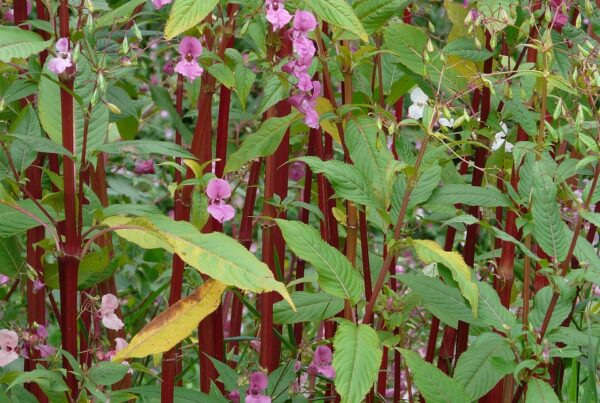I love learning about plants and how they grow. One plant that I like is the Pyracantha, also known as ‘Firethorn’.
This shrub is great and can be used for many things such as hedges, cover, food for birds and even for security; but I’ve also heard that its roots can cause damage.
So, let’s explore the question:
Can pyracantha roots cause damage?
The short answer is yes, pyracantha roots have the potential to cause damage to structures and infrastructure.
The roots of this plant can grow deep and wide, and they may invade pipes, foundations, and other structures.
This can lead to problems like clogs, leaks, and even structural damage.
However, it’s important to note that the risk of damage from pyracantha roots can vary depending on several factors.
For example, younger plants and those growing in well-drained soil are less likely to cause damage than older plants growing in compacted or poorly-drained soil.
To minimize the risk of damage from pyracantha roots, it’s important to take proper care of the plant.
This includes regular pruning to control the size and shape of the shrub, as well as proper watering and fertilization to promote healthy growth.
If you’re planting pyracantha near a structure or infrastructure, it’s also a good idea to choose a location that is at least a few feet away to allow for adequate root growth without causing damage.
To be honest, I’ve planted many pyracanthas right up next to houses and never had an issue with it.
Mine are always kept an eye on and kept clipped to shape and down to a certain size. I will do a video how to train pyracanthas in the near future.

However, if left I can see how they would become a problem.
If you’re worried about potential damage from pyracantha roots, there are a few steps you can take. First, keep an eye on the plant for signs of root damage, such as wilting or yellowing leaves, and address any issues promptly.
Second, consider installing a root barrier or other protective measures, such as a layer of gravel or landscaping fabric, to prevent the roots from invading nearby structures.
In conclusion, pyracantha roots can cause damage, but the risk can be minimized with proper care and maintenance.
As with any plant, it’s important to be aware of its potential impact and take steps to mitigate any negative effects.
By doing so, you can enjoy the beauty of pyracantha without any worries.




